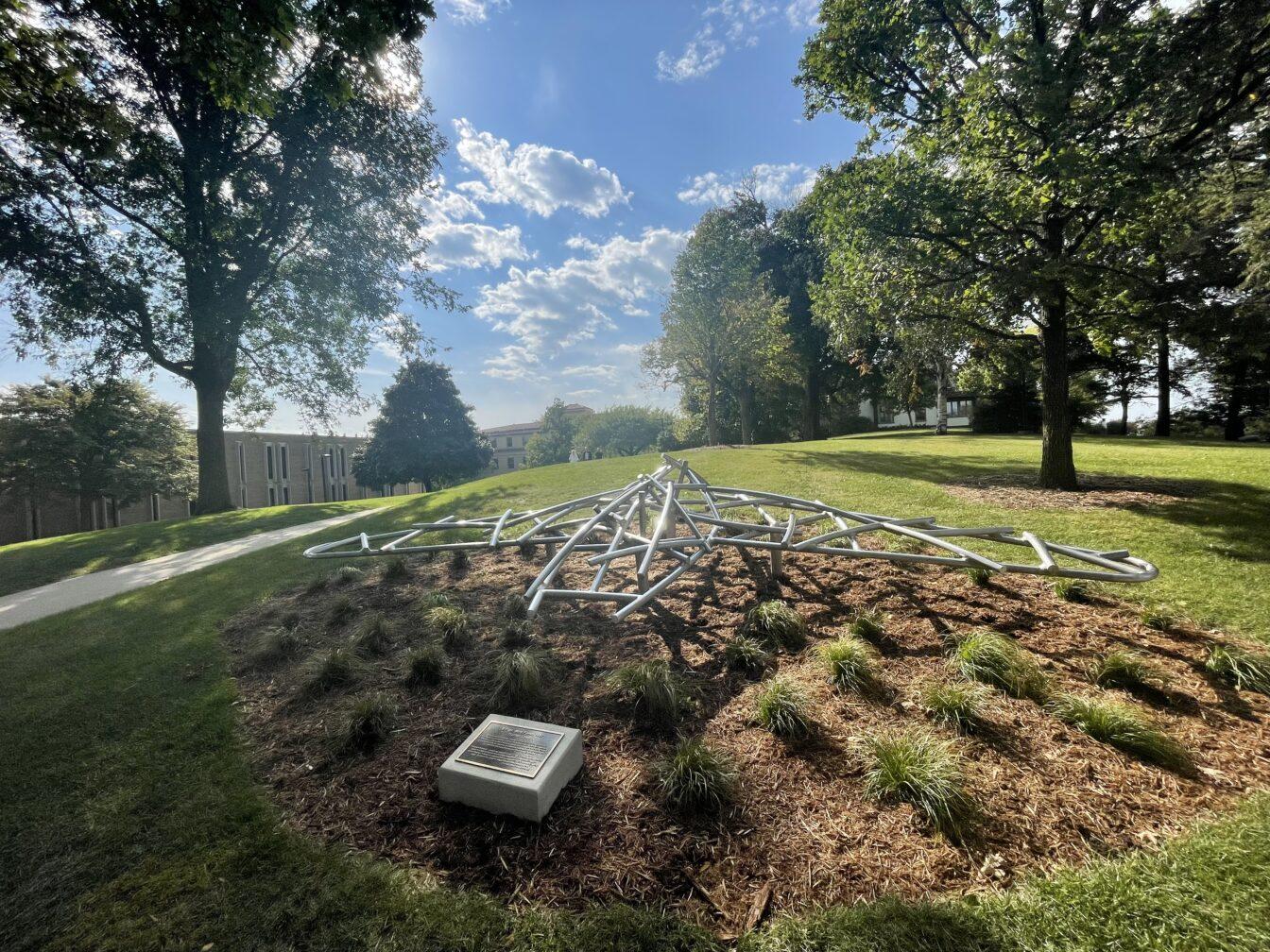To meet growing demand, the University of Wisconsin First Nations Cultural Landscape Tour has expanded, according to UW News.
Tour guide staff increased from two to nine guides, four of which are UW students, since last summer. Senior Vice Provost for Academic Affairs John Zumbrunnen said adding more tour guides will help host twice as many tours as before.
The First Nations Cultural Landscape Tour teaches participants about the 12,000 years of Indigenous existence around Lake Mendota, specifically regarding the Ho-Chunk Nation, where UW now sits, according to UW News.
Zumbrunnen said the tour is a great learning opportunity for students, community members and student tour guides alike.
“What I really love about this is that it’s expanding our ability to offer this learning experience to more and more people, and at the same time, it’s offering this group of undergraduate and graduate students the opportunity to build their own learning as tour guides,” Zumbrunnen said.
The tour was established in 2003 to help Indigenous and non-Indigenous students gain a deeper understanding and appreciation of the land the university sits on, according to UW News. Over time, it grew through word-of-mouth, being led by inaugural Director of Tribal Relations Aaron Bird Bear and Office of the Provost Indigenous education coordinator Omar Poler.
Today, the tour is an essential part of educating new members of the UW community about the profound history and significance of the land, Zumbrunnen said.
The tour is offered through a collaboration between the Office of the Provost and Campus and Visitor Relations and can be accessed through the campus tours website.
According to Zumbrunnen, the tour provides an opportunity to reflect on how Lake Mendota has sustained human life for thousands of years, while the effigy mounds honor past generations who lived and died on what is now UW land.
“As you look out across the lake thinking about the fact that human beings have been living on and alongside and with that lake for 1000s of years …” Zumbrunnen said. “It’s just awe-inspiring.”



